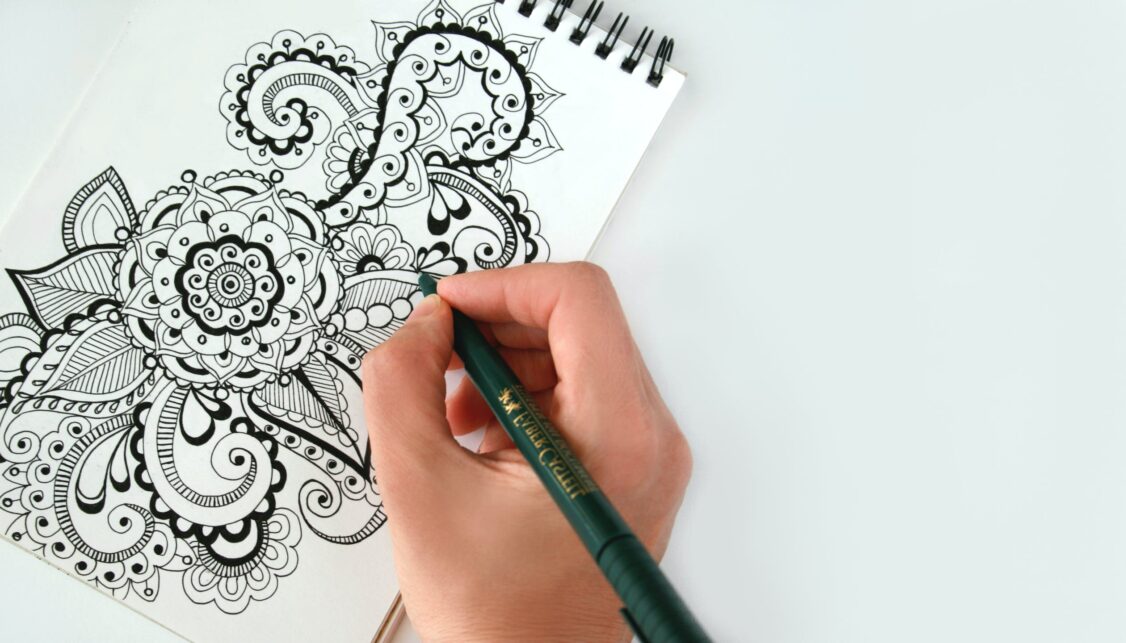On the system of design and approaches to its definition
Design inherently – a complex, complex and heterogeneous phenomenon. It is a dynamic system consisting of a large number of interacting elements. For this reason it is very difficult to give a unified and very concrete definition for such a multifaceted phenomenon. Moreover, designers themselves do not have such a need, since in practice every particular designer is not engaged in design in general, but in some particular kind of design. Someone creates collections of fashionable clothes, someone develops the look of websites, someone decorates the landscape around country houses, someone draws posters, etc. In this regard, it is clear that a single definition of design is of interest to cultural studies and art historians rather than to designers themselves. Consequently, a clear definition of a separate type of design will be more useful for practical purposes. However, the problem is that there is still no developed system of design, in fact there is no division of design into types, subtypes, etc. The creation of such a system is not the purpose of this article, the author considers necessary only to touch briefly on this issue in order to be able to continue a discussion on the definition of graphic design.

The design system should include all of its varieties in their hierarchical order. In general terms, the design system is as follows. Design consists of two fundamental branches: applied design and graphic design. Both branches have a huge number of smaller offshoots. For example, within the framework of applied design can be conditionally distinguished: landscape, industrial, interior, fashion design, etc. Within the framework of graphic design there is also a great variety of types, for example: web design, graphic design, font design, etc.
The systematic approach described above brings the necessary clarity to the issue and allows us to formulate a clear definition for a particular type or branch of design. The purpose of this article is to formulate a definition of graphic design.
As noted above, the existing definitions of design ignore a systematic approach and can not reflect the entire specificity of graphic design. For example, design used to be a term denoting a new kind of activity to design the object world. The definition fits well only for object design and is not at all specific to graphic design. In addition, specifically stating that it is an activity introduces confusion. In that case, a book cover is no longer a design, it is the result of design. But the process of creating the cover, that is, the designer’s work, is design. A good definition should make it easier to understand, not more complicated.
Also in the literature, the definition of design often includes the phrase “artistic design. However, due to its excessive abstractness, it does not stand up to any criticism. It can easily be interpreted as any person’s fantasy, in which he mentally imagines some object. In this case a person constructs a certain image, and many people do it quite artistically. But this is not design. Consequently, to use in the definition of such a non-specific wording is inappropriate.
As noted above, graphic design is not an artistic design. Then what is it? The answer must be sought in its purpose. The main purpose for which the graphic design is created, is the identification. Identification or, more simply, designation is a way to convey certain information about a particular object. For example, a logo symbolizes the company’s generalized image, the icon on the printer interface means print, design business card reports some information about its owner, etc.
At the same time for graphic design is characterized by a choice of specific means by which identification is achieved. As such means is the application of various artistic techniques and methods. In addition, the result of graphic design is always a certain image.